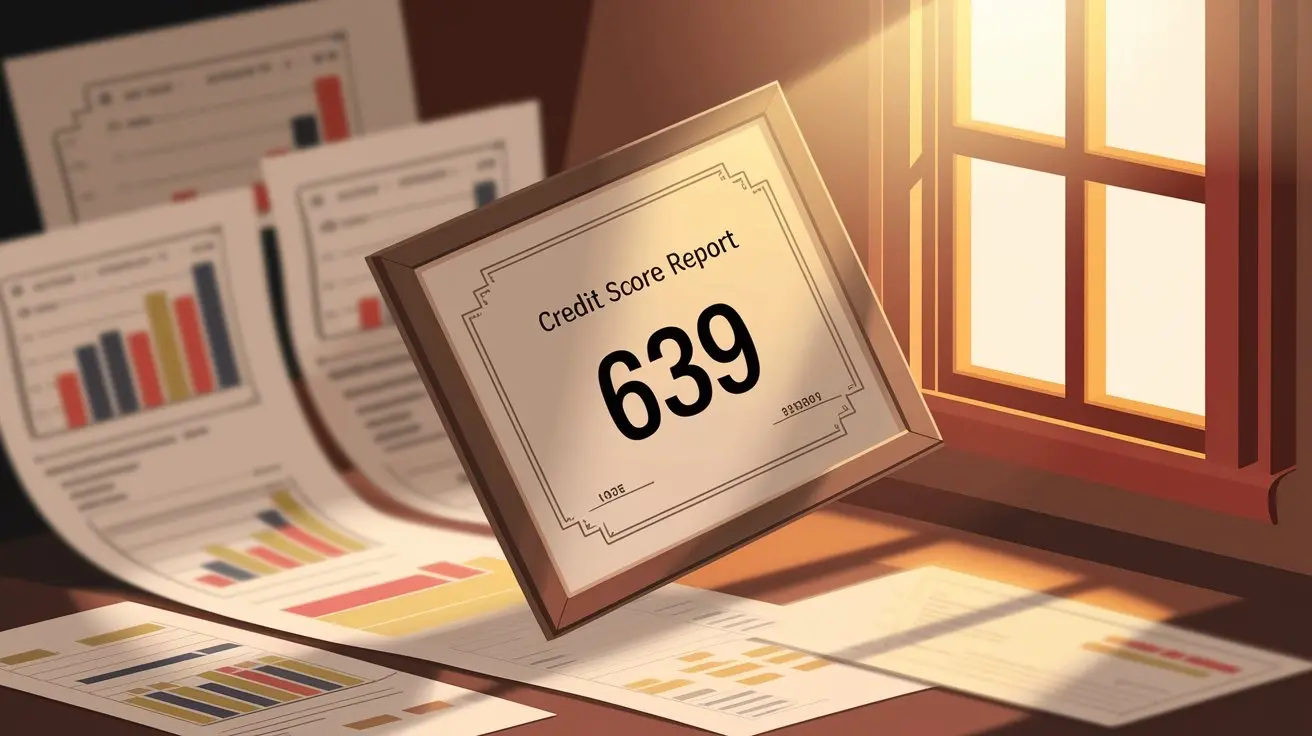-
Posted on: 17 Jul 2024
-
Your FICO credit score is one of the most important numbers in your financial life which can be either good or bad depending on the credit report of an individual. This represents a three-digit number in the range of 300 – 850 to an extent providing lenders with an insight of how credit-worthy you are as far as repaying your loans on time is concerned. But what ranges can be considered as a ‘good’ or a ‘bad’ FICO score? It’s important to understand various credit score ranges and their implications to make sound financial decisions.
Excellent Credit (740-850)
Credit scores that are above 740 are regarded as being in the excellent credit range. By this level, you should be getting the best interest rates from the lenders as you meet all the requirements. Benefits typically include:
- On loans and credit cards, interest rates are relatively low.
- Higher credit limits
- This includes the availability of easy approval for financing and loans.
- A small security deposit on rentals, electricity, water, etc.
Using the above scale, if your score is above 800 you will be bestowed with the best treatment from the lender in the form of rates and other lending conditions. The reasons for excellent credit also appear to be appealing to potential employers as a measure of financial responsibility.
Very Good Credit (700-739)
The range of the “very good” performance is between 700 and 739 points. In this tier, you will not get the lowest interest rates possible, but your credit status is still considered good and you should be able to easily get funded. Qualities include:
- Interests charged on the loans that are offered to clients.
- Access to most of the credit card and loans requests
- Security deposits are minimal
Most financial models, especially guaranty companies consider a low 700s score as the lower limit for qualifying for the best terms on large transactions such as mortgage loans or auto financing. Credit reports such that very good ones come with good payment histories, which expands their opportunities.
Good Credit (670-699)
A credit score between 670 and 699 is classified as a good credit score. In this middle tier, you may get charged slightly higher interest rates than those with perfect scores. Nonetheless, as we can see, a good credit score allows one to easily get approved for credit cards and loans at quite moderate interest rates.
- credit approval or loan approval and credit card approval may still exist
- A slightly higher level of interest rates than what would be considered as “very good” or “excellent” scores
- Reasonable deposit policies on services
The difference is that people with a score in the ‘good’ category might have to make a bigger down payment whether they are buying cars, homes, or other significant assets. Nevertheless, you will find that most lenders are quite willing to assist you in most instances if you have a credit score of 670 and above.
In general, individuals with a credit score of 300-579 are referred to as having bad credit scores.
But what defines the transition from good or fair to bad credit score? Traditionally, FICO scores of less than 670 constitute subprime or bad credit, which will significantly restrict your financing. Here’s a full breakdown:
Fair Credit (580-669)
If your score ranges from 580 to 669, this is an average or fair credit rating. There are subprime credit cards and loans for people with poor credit, however, they are more expensive with higher interest rates and fees. Prepare to pay security deposits for utility service, cellular telephone service, and more. You need to actively work at building your score.
Poor Credit (300-579)
The credit scores below 580 are regarded as poor and accepted by all financial institutions. This will make it difficult to secure credit at reasonable rates of interest to those who are a high risk to the financial institutions. You may be forced to initially use secured credit cards if you want to gradually work on improving your credit. This also goes hand in hand with credit, that is, if one has a poor credit rating, it is a signal that they are a bad credit risk to landlords and employers. It is important to raise your score above 600, and that should be an indication that you should have a financial reason to do so.
The ideal credit score range or credit score sweet spot is the point at which credit score and creditworthiness are the most aligned.
While there is no such thing as a good credit score that works for everyone nor is there any set number that would guarantee that your credit card application will be approved, it is important to try and maintain a FICO score of 670 and above. Results within this and above mentioned indices enable one to have good financial scores to qualify for low-cost loans, reasonable interest rates, and cheap insurance. With a timely check of the credit report, and by following the guidelines outlined above, one can build and sustain good to excellent credit standing in the long run.
Call now for expert credit repair services: (888) 803-7889
Read More:
Is it OK to pay a credit repair company?
Can a credit repair company can erase a poor credit history?
Who is the best credit repair company in 2024?
Will Lexington Law fix my credit?
Can I pay someone to clear my credit?
- On loans and credit cards, interest rates are relatively low.




